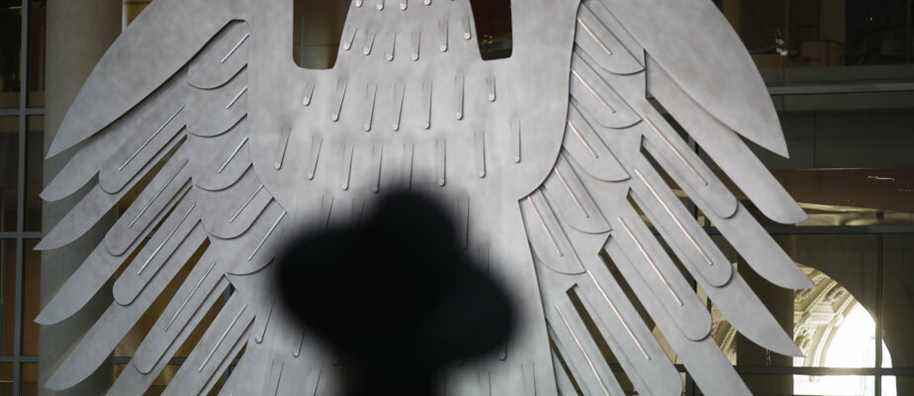The heraldic symbol of the German Confederation from 1815 to 1866, the two-headed eagle has been replaced by various single-headed versions over the years. Since the return of the German Parliament to Berlin in 1999, a huge stylized eagle, which many say looks more like a big hen, has dominated the Bundestag hall (lower house of Parliament) and seems to give a signal of benevolent prosperity to this country which has known so many horrors and economic crises.
The deal struck on November 24 to create a tripartite coalition of Social Democrats, Greens and Liberals could usher in a period of great change after the 16-year Merkel era and two-party coalition governments in which the the CDU-CSU alliance clearly dominated the junior partner, whether social-democratic or liberal.
What should we expect from the new Chancellor Olaf Scholz who will take office at the beginning of December? I have met him twice and have kept the impression of an unimpressive man whose lack of charisma was compensated by his omnipresent and bubbling advisor, Wolfgang Schmidt, who will probably head the new chancellery.
How will Scholz manage to keep control of a government in which the Greens will lead a super Ministry of Economy and Climate as well as Foreign Affairs while the liberals, in favor of a quick return to budget balance, will lead the finance ministry?
Will he manage to rally very different, even contradictory, visions of what the government should do? How will the more conservative population react to the plan to legalize cannabis and end coal mining at great cost by 2030, rather than 2038?

PHOTO MARKUS SCHREIBER, ASSOCIATED PRESS
From left to right, the leaders of the parties that will form a tripartite coalition in the German Parliament: Annalena Baerbock and Robert Habeck, from the Greens; the next Chancellor Olaf Scholz, of the Social Democratic Party of Germany (SPD); and Christian Lindner, of the Liberal Democratic Party (FDP).
At the same time, one can think that the ambitious and potentially risky agenda of the new coalition will encourage the Christian Democratic Party to reposition itself after the departure of Angela Merkel who has gradually pushed the CDU towards the center left by appropriating several of the ideas of the social democrats. The three candidates who aspire to lead the party will have to take into account this new political landscape which could lead them to return to more conservative positions. That could favor Friedrich Merz, a rather sharp politician and financier, who will try to take the head of the party for the third time rather than Norbert Röttgen, critic for Foreign Affairs, and Helge Braun, current Minister of Chancellery under Merkel. The new Conservative leader who will be chosen on January 21 will have a lot to do to win back voters’ favor.
We will therefore have to see to what horizons this three-headed eagle that the new coalition will take Germany, the European Union’s leading economy and essential partner for Canada. In many ways, the directions announced in the coalition agreement are similar to the policies of Prime Minister Trudeau. Canada should take this opportunity to consolidate its relationship with Germany, particularly with regard to economic relations which continue to stagnate despite the Canada-European Union free trade agreement signed in 2017.
What do you think? Express your opinion

